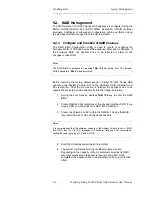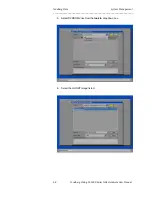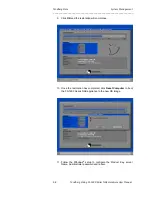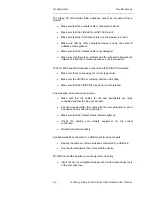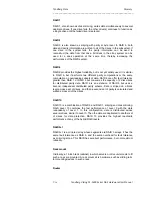
Tandberg Data
Glossary
_____________________________________________________________
7-iii
Tandberg Viking FS-1600 Series NAS Hardware User Manual
Mount
To make accessible, either by connecting to the computer itself or by placing
onto the hard drive or other storage medium of a computer on the network.
Network card
A device installed in a computer or router to enable connection to a network.
A network card is equipped with a port (connector) for connection to a 1000
base-T, 100 Base-TX, 10 Base-T, or other network cable. Also referred to as
a LAN card, LAN board, or NIC (network interface card).
Network system
A system for sharing resources such as files and printers.
NFS (Network File System)
A method for sharing files over a network. NFS makes it possible to use files
located on another computer on the network as if they were located on your
own machine. A trademark of Sun Microsystems, it is primarily used with
UNIX, but has also been adapted for use with Microsoft Windows operating
systems.
Operating system
Basic software that manages and controls operation of a computer.
Microsoft® Windows® and UNIX are operating systems.
RAID
RAID (redundant array of independent disks) is an array of multiple,
independent hard drives that provide high performance and fault tolerance.
The RAID subsystem controller implements several levels of the Berkeley
RAID technology. An appropriate RAID level is selected when the volume
sets are defined or created. This decision is based on drive capacity, data
availability, (fault tolerance or redundancy), and drive performance.
RAID level
RAID level refers to the level of data performance and protection of a volume
set. RAID arrays can be implemented in several ways, using technologies
such as mirroring, striping, duplexing, and parity. The RAID levels supported
in the RAID subsystem are RAID 0, RAID 1, RAID 10 and RAID 5.
RAID 0
RAID 0, also known as striping, is the simplest RAID level. RAID 0 does not
involve data redundancy, but it does offer the best high-speed data
throughput. RAID 0 breaks up data into smaller blocks, then writes a block to
each drive in the array.

